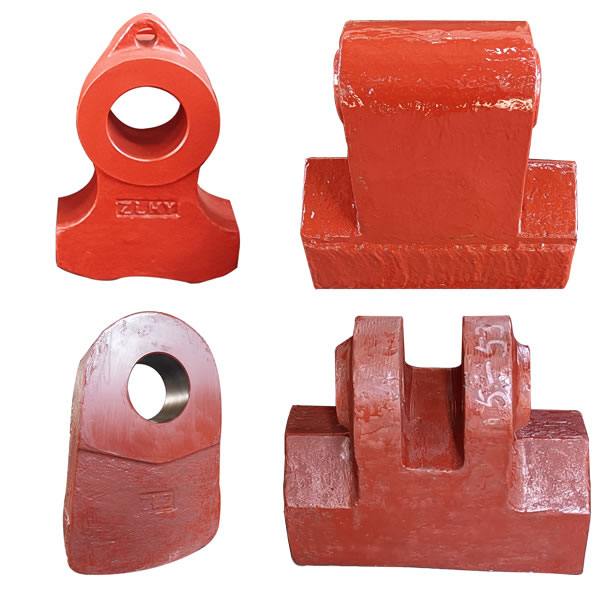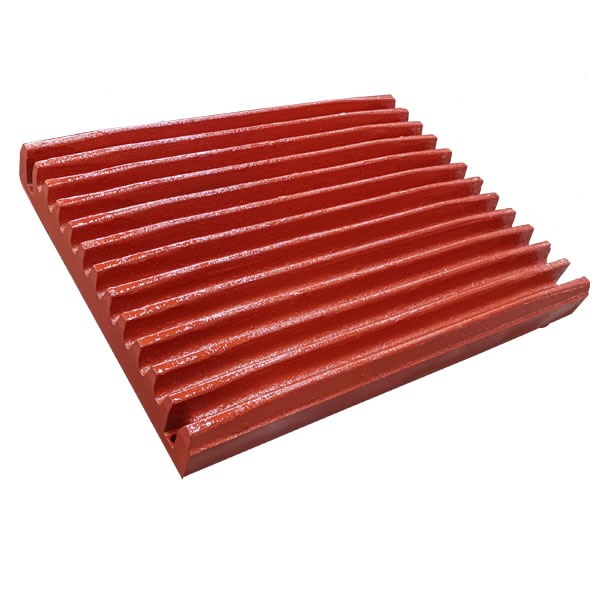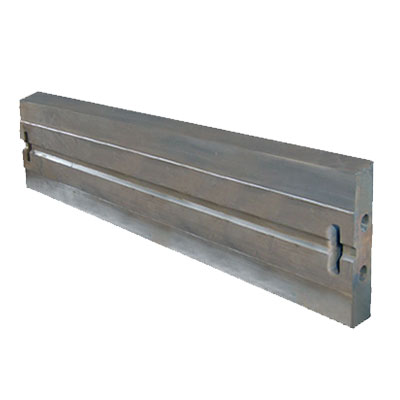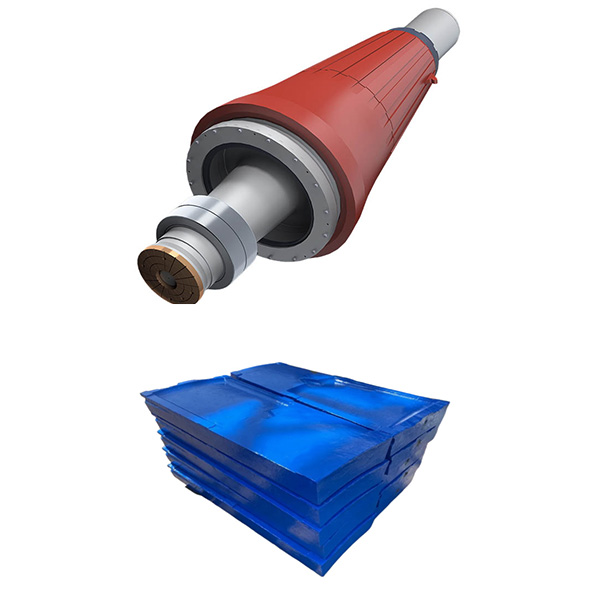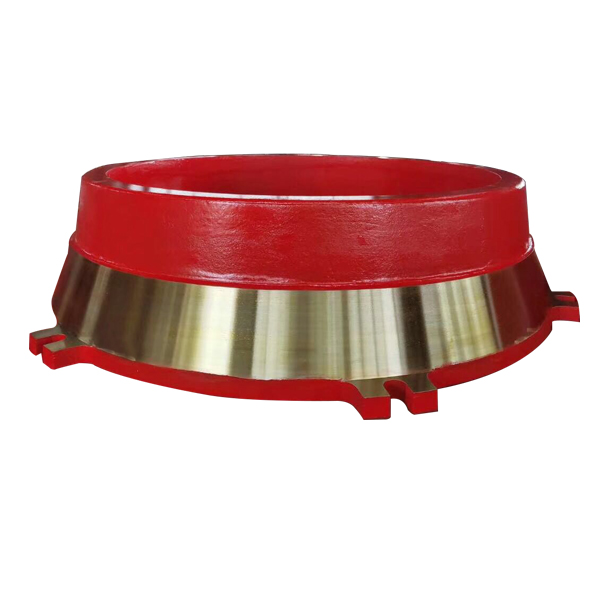Performance and selection of hammers for clinker crushers
The hammers for clinker crushers are the core vulnerable parts in the clinker crushers (usually single-stage hammer crushers or impact crushers) of cement plants. They are directly responsible for impacting and crushing high-temperature and high-hardness cement clinker particles.
Due to its extremely harsh working environment (high temperature, high hardness, high impact, and high abrasion), the performance requirements for the hammers are very high. The following is key information about the hammers for clinker crushers:
1. Working environment and challenges
High temperature: The temperature of clinker just out of the kiln is usually above 100°C, sometimes even higher (such as 200°C+), requiring the hammer material to have good high-temperature strength, thermal fatigue resistance and oxidation resistance.
High hardness: The main mineral components of cement clinker (C3S, C2S, etc.) are very hard (Mohs hardness 5-6) and extremely abrasive. High impact: The hammer impacts large pieces of clinker at high speed (linear speed is usually 35-55m/s) and bears huge impact loads.
High abrasion: The material and the hammer surface rub violently, causing severe abrasive wear.
2. Key performance requirements
High wear resistance: This is the most core requirement, which directly determines the service life and production cost (downtime, replacement cost) of the hammer.
High toughness: Resist impact loads and prevent the hammer from cracking and breaking. Toughness and wear resistance usually need to be balanced.
High temperature stability: Maintain sufficient hardness and strength at high temperatures without softening or deformation.
Good thermal fatigue resistance: Resist cracking caused by thermal stress cycles caused by repeated heating (contact with hot clinker) and cooling (idling or shutdown).
3.Main material types
Material type | Core advantage | Core disadvantage | Most applicable scenario | Fracture resistance | Wear resistance |
High chromium cast iron | Top wear resistance | Low toughness, easy to fracture | Pure high abrasion conditions with stable impact load, controllable temperature and no foreign matter | Medium-low | Extremely high |
Bimetallic composite | Good balance between wear resistance and toughness | Complex process, risk of bonding surface | Most mainstream working conditions (impact and abrasion coexist) | Medium-high | High |
High manganese steel (standard) | Top toughness, no fracture | Relatively low wear resistance | Extremely severe impact, fracture is the main problem in the working condition | Very high | Medium |
high manganese steel insert titanium alloy bars | High toughness + good wear resistance | Wear resistance is lower than high chromium | Large impact + wear resistance, mainstream working conditions that take into account reliability and cost | Very high | High |
high manganese steel insert titanium alloy bars and hardfacing | High toughness + top wear resistance | Highest cost, complex process | Extremely harsh working conditions (high impact + high abrasion + high temperature/foreign matter) | Very high | Very high |
Clinker crusher hammer produced by our company
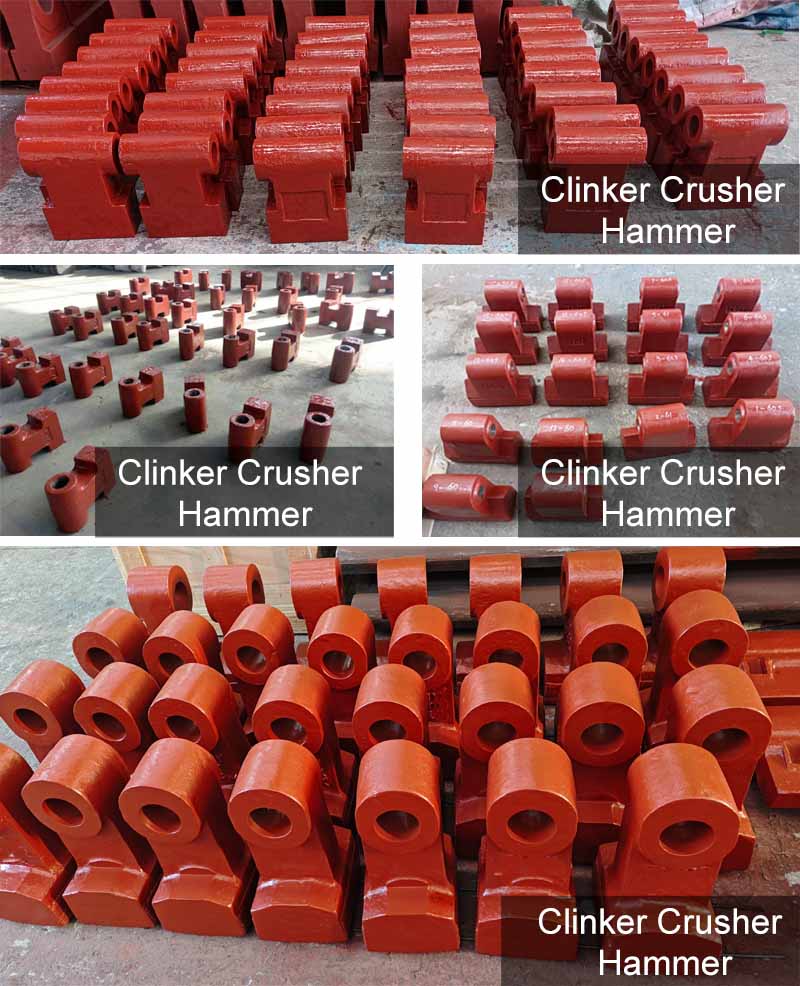
4. Key factors affecting service life
Material selection and quality: The chemical composition, metallographic structure (carbide morphology, distribution, matrix), and heat treatment process of the material are fundamental.
Structural design: Reasonable geometry and weight distribution.
Clinker characteristics: temperature, hardness, particle size distribution, grindability index.
Crusher operating parameters: rotor linear speed, feed particle size, feed uniformity, output.
Installation and maintenance:
Ensure that the hammer head is firmly installed, the bolt tightening torque meets the standard and is checked regularly.
Replace the hammer head that has been worn to the limit in time to prevent excessive wear from causing rotor imbalance or wear of the hammer disc/spacer.
Regularly check the wear of other components such as the hammer disc, spacer, liner, etc.
5. Selection and maintenance recommendations
Choose a reputable supplier: Choose a wear-resistant parts manufacturer with rich experience and a good reputation in the cement industry.
Provide detailed working condition information: Provide suppliers with accurate information such as crusher model, clinker temperature, hardness, output, current hammer life, etc., so that they can recommend the most suitable materials and solutions.
Consider cost-effectiveness: Do not just pursue the initial low price, but comprehensively evaluate the unit crushing cost (hammer cost/crushed ton of clinker).
Give priority to high manganese steel series products: such as high manganese steel inlaid alloy rods + surfacing, taking into account high wear resistance and fracture resistance.
Strictly implement installation and maintenance procedures: Ensure correct installation, regularly check the fastening bolts and wear status.
Establish replacement standards: Set clear hammer wear limits (such as remaining weight, wear depth of the striking surface) and replace them in time.
Summary
Clinker crusher hammers are critical and vulnerable parts in cement production, and their performance directly affects equipment operating efficiency, maintenance costs and clinker quality. High manganese steel series products, such as high manganese steel insert titanium alloy bars and hardfacing, are the current mainstream and reliable choice. In order to obtain the best service life and economic benefits, it is necessary to comprehensively consider multiple aspects such as materials, design, manufacturing quality, working conditions and maintenance management, and work closely with professional wear-resistant parts suppliers. Selecting a hammer head with a good balance of wear resistance, toughness and high temperature resistance, supplemented by scientific maintenance, is the key to extending its life and reducing overall costs.

